How to Dry Clothes Fast: Staying Warm and Dry in The Wilderness
Experienced hikers, campers, and wilderness adventurers know that the weather in the wild can be unpredictable and, at times, deadly. What starts out as a warm and sunny jaunt in the mountains can quickly turn into a battle with the ruthless elements.
[the_ad_group id=”21″]
Rain, wind, hail, and snow don’t care if you’ve set out to have a pleasant day or week in nature: When it comes to man versus mountain, the mountain always wins. That’s why it’s so important to be smart about your wilderness excursions by understanding that weather can change and be prepared to stay dry in extreme conditions—or by knowing how to dry clothes fast when those conditions are unavoidable.
The Good, The Bad, and The Wet
Depending on where your adventures take you, wet clothing and gear might not be that big of a deal.
For example, if you’re caught in a brief, sudden sun shower on an otherwise hot, dry day hike, your clothing will likely dry quickly on its own; you may even find the rain welcome and refreshing! However, it’s when you’re caught in a deluge of water and wind that being wet can cause serious problems to your health, safety, and survival.
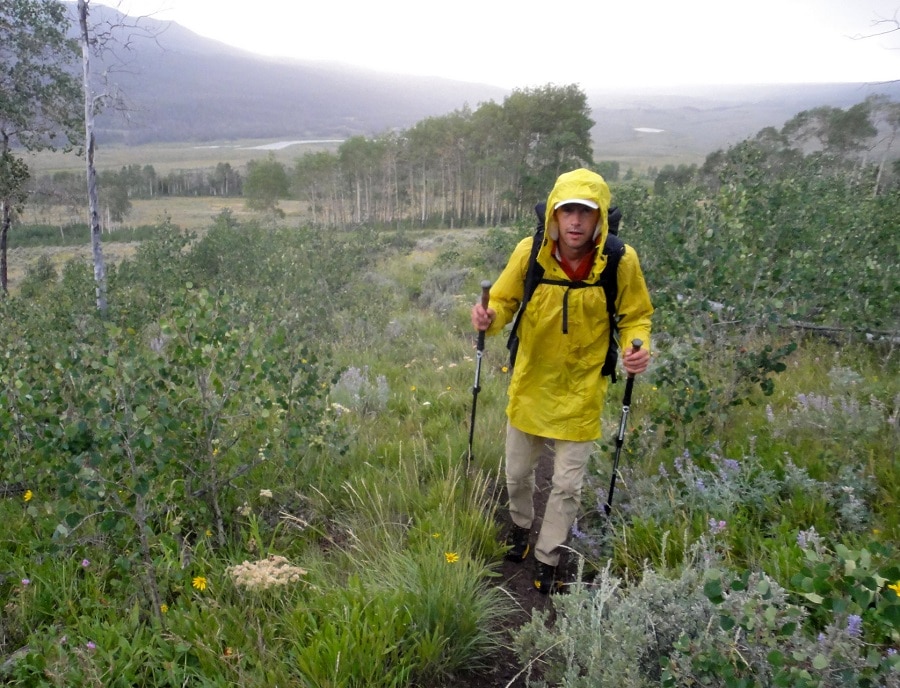
In adverse conditions or climates where the weather can take a sudden and extreme turn for the worst, wet clothing could potentially mean the difference between survival and death. Even in warm weather, wet clothing not only lowers your body temperature but also traps perspiration against your skin, so that moisture cannot evaporate from your body. This could spell disaster in cold climates since a combination of wet and cold can lead to hypothermia.
But hypothermia isn’t the only condition resulting from prolonged exposure to the elements in wet clothing. Researchers at the Wake Forest University School of Medicine in North Carolina, USA, studied the causes of skin problems and infections in participants who worked outdoors on farms.
Their research shows that the strongest, most common predictor of skin problems, including infections, sunburn, fungus of the skin or nails, rashes, insect bites, and even acne, was working in wet or damp clothing and footwear.
When you’re in the wilderness, skin problems can be even more uncomfortable and difficult to treat than when you’re in the comfort of your own home. While acne may not bother you as you’re walking in the woods without a mirror in which to agonize over your appearance, you should be concerned about other skin conditions that result from wearing wet clothing.
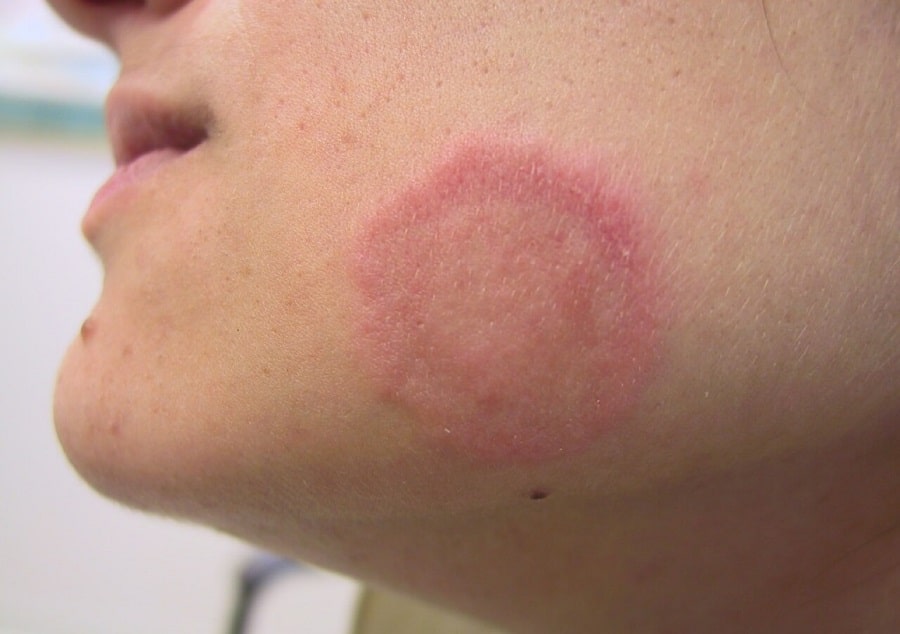
Ringworm, also known as athlete’s foot and jock itch, is an itchy fungal infection that can affect any part of your body—nails, feet, scalp, groin, thighs, buttocks, you name it. Ringworm itself isn’t life threatening, but you’ll likely be tempted to scratch the areas it affects, and broken skin in a damp climate can lead to much worse results than a fungal infection.
Wet clothing worsens eczema, too; as with ringworm, scratching affected areas can lead to bacterial infections and more serious complications in the skin.
If you get stuck in a particularly torrential downpour, or you’re sweating excessively in very hot or humid weather, ringworm isn’t your only problem. Wet undergarments, especially underwear, couldn’t be a more welcoming area for yeast infections to develop if they held up a flashing neon sign reading “Welcome to Wet and Warm.” And men, don’t think you’re insusceptible to yeast infections.
Male thrush is the male equivalent of a yeast infection and, when left untreated, leads to balanoposthitis, a condition typified by burning, itching, and inflammation. When this condition goes untreated, it can lead to even more serious complications like kidney, bladder, and prostate problems, and even cancer.
When it comes to staying dry in the wilderness, you may think mainly of the clothes you’re wearing on your legs and torso, but wet foot- and hand wear can lead to serious problems, too.
Trenchfoot is another common injury that occurs when a person wears wet socks and boots for a prolonged length of time. You don’t need to be in snow and ice to sustain this injury; in fact, trenchfoot occurs in wet environments when temperatures range from above the freezing point to about 50 degrees Fahrenheit. For tips on how to select the warmest socks to keep your feet dry and toasty, see our must-read article on this to find out more.
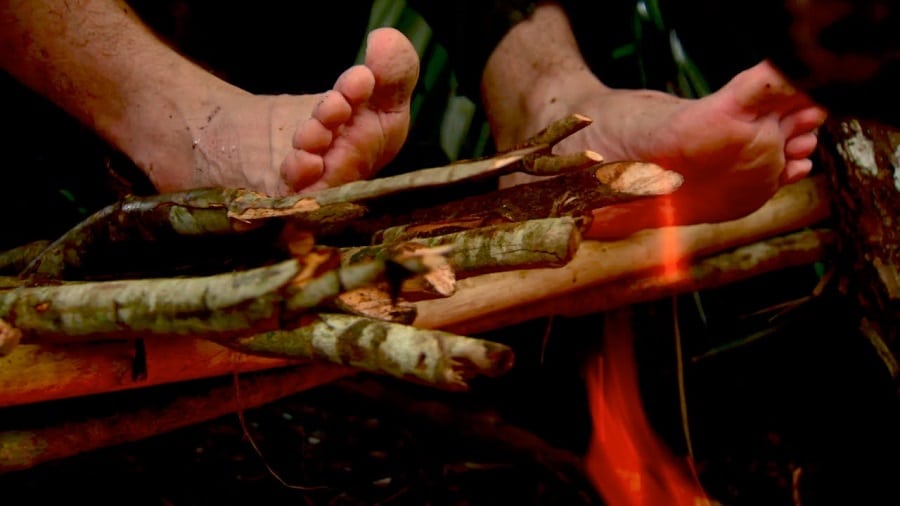
A similar injury of the hands occurs in the same conditions when a person wears wet or damp gloves for a prolonged period of time. And if you stay wet, these injuries only get worse, leading not just to nerve and skin damage, but potentially to gangrene if left untreated.
If you’re in the wilderness or backcountry on an epic journey, you’re likely not going to have at your disposal the proper medical resources needed to treat conditions and infections caused by wet clothing and environments.
So why not stop the problems before they start? Know what kind of clothing to wear and pack—and how to use techniques for drying your clothing and gear quickly—to help you avoid uncomfortable and possibly dangerous situations.
Quick Dry Clothing and Extreme Weather Gear Guidelines
The best way to take care of problems caused by wet or damp clothing is to avoid them in the first place by knowing what kind of quick dry clothing and gear you’ll need for the potential weather you will encounter on your trip into the wilderness.
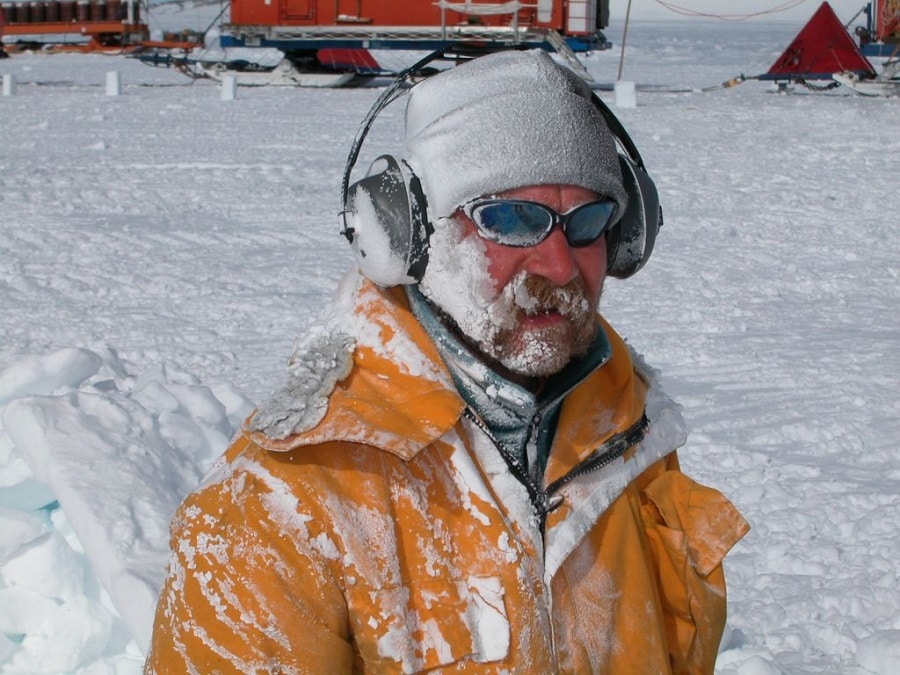
There are a few general guidelines to follow when thinking about the kind of clothing you’re going to wear and bring with you into the wild:
- Don’t wear tight clothing. Tight clothes restrict blood flow, especially to the extremities which are more prone to cold- and wet-related injuries than the torso. Poor circulation makes you cold; poor circulation combined with wet clothing can impact your ability to survive extreme conditions.
- Do wear loose clothing. Loose clothes allow sweat and other moisture to evaporate more efficiently from your skin to keep you dry. Loose clothes don’t constrict your blood vessels, supporting good circulation to keep you warm.
- More layers are not always better. Usually, we layer clothing in order to keep warm and also to have the option to remove a layer when we become too warm; however, too many layers may not actually provide this intended effect. When too many layers become too tight and restrict blood flow, they have the same effect as tight clothing. This is especially true (and dangerous) if you improperly layer your gloves or socks and your hands or feet become cold.
- Choose your clothing not for the look, but for the material and its function. Quick dry clothing and materials will help you stay dry and warm in the long run so that you have to resort to less inventive drying techniques should you be caught in extreme conditions. Cotton should be on your list of taboo materials to wear into the wilderness, even on a seemingly sunny day hike or quick walk through the woods.
- Even if your jacket, pants, or boots are waterproof, it doesn’t hurt to add an extra layer of water repellent. A good water repellent will help your clothing and boots repel water (and sometimes mud and ice, too) while still allowing the material to breathe. If you’re going to spray one article of gear, spray your boots—you never know when you’ll have to cross a river or tramp through a swampy section of trail. You can read our experts review of the top-quality quick-dry pants to help you make the right choice.
- Get a rain cover for your rucksack or backpack to keep the contents of your pack dry in wet weather. Some packs come with an integrated rain cover, but if yours doesn’t, you’d do well to purchase one separately. You can also pack your clothing in airtight plastic bags to keep them dry (and save space in your pack). There’s nothing worse than exchanging one set of soggy clothes for another!
- Bring hand warmers, such as Little Hotties Warmers, on your trip no matter the climate or weather. You can hold these warmers if your hands get cold, or stuff your boots with them if you’ve stumbled into a soggy area. They won’t completely dry your gear, but they can speed up the process.
Quick Dry Clothing Materials
Visit any outdoors store and you’ll likely be overwhelmed by the array of quick dry clothing, outerwear, and other gear that they contain. It’s important to understand the differences among the various fabrics you will see so that you can choose the best quick dry clothing for your adventure. Remember: some fabrics are better than others!
[the_ad_group id=”22″]
In general, you want to choose fabrics that breathe, wick moisture away from your body, and dry fast when dampened by sweat or weather. Probably the most common quick dry clothing fabrics are polyester and nylon.
These synthetic materials may not be as comfortable or feel as nice against your skin as cotton, but when it comes to wilderness performance, they’re hard to beat. Both polyester and nylon are light, breathable fabrics that wick moisture away from your body and dry fast after becoming wet.

The majority of wicking wilderness clothing is made from one or both of these fabrics. If you do choose to purchase quick dry clothing made from this fabric, pay close attention to its care instructions: most quick dry clothing can’t be laundered like cotton or other fabrics.
Slightly less performance-oriented than nylon and polyester, lyocell and polynosic rayon fabrics dry quickly and feel smooth against the skin, but they don’t wick moisture as well as clothing made from nylon and polyester.
If you’re taking that day hike through a sun-filled forest, a polynosic rayon outfit might be a good choice for you. Plus, unlike nylon and polyester, these fabrics can be washed and dried in your laundry machines like any other material.

You may not think of silk when you think of wilderness performance or quick dry clothing, but if you’re hiking or camping in hot, arid climates, clothing made from silk is ideal. Silk is light and breathable to keep you cool; it’s also durable and dries fairly quickly when damp.
It’s certainly a better choice than cotton, which may be comfortable and breathable, but which retains moisture and can make you colder, faster. Even cotton/polyester blends don’t wick moisture away from the body as quickly or efficiently as 100 percent polyester, so if you’re choosing between cotton and silk underwear, get fancy and go for the silk.
Finally, one of the best choices for quick dry clothing in any climate is merino wool. Merino wool is a highly breathable fabric that quickly transports moisture and excess heat from the space between your skin and the fabric to the outside environment. Because this fabric can absorb moisture and remain dry, it provides both natural cooling and warming effects in all climates.
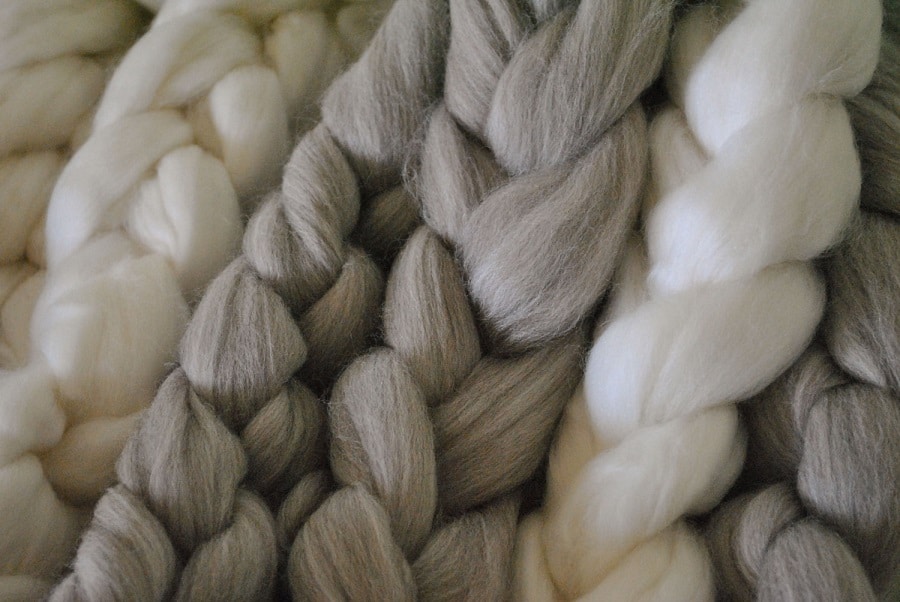
Merino wool can also wick moisture away from the body both in its solid and vapor states, something that not even nylon or polyester synthetics can achieve. These properties make wool a great choice in nearly any climate, especially cold or unpredictable ones, and an ideal fabric to look for in socks no matter the weather or temperature. To learn how to choose the best merino wool base layer, check out our earlier reviews to help you.
The table below outlines the pros, cons, and ideal uses of the fabrics discussed above.
| Fabric | Pros | Cons | Ideal For |
| Polyester/ Nylon | Breathable, lightweight, quick drying, moisture wicking | Special laundering required, retain smells, not as comfortable as other materials | Base layer/shirts, pants, underwear |
| Lyocell/ Polynosic Rayon | Quick drying, smooth feel, lightweight, easily machine washed/dried | Not as moisture wicking as synthetics | Shirts, pants |
| Silk | Lightweight, breathable, cool, comfortable, quick drying | Not as durable as other materials, special laundering required | Underwear; shirts in hot, arid climates |
| Wool | Highly breathable, lightweight, moisture wicking, warming and cooling, durable, resilient, quick drying, easy to care for | Expensive, heavy when soaked to more than 30 percent of its dry weight | Underwear, socks, gloves, hats, shirts |
| Cotton | Breathable, soft, comfortable | Not moisture wicking or quick drying | Everyday wear |
A final note on choosing the right clothing to keep you dry involves your outerwear. Seasoned hikers and campers can tell you that a waterproof shell or jacket isn’t always the blessing it may seem to be in inclement weather.

Have you ever been hiking in the rain or snow with your waterproof shell, only to remove it later and find your fleece under layer—and consequently your skin—soaked with sweat? Waterproof fabric is generally nonporous, meaning it prevents water from both entering and escaping the material.
This can keep you cold and wet even though outside water isn’t entering the material. Choose a jacket or shell that’s waterproof and breathable, or opt for a breathable water repellent or resistant shell instead.
The same goes for your boots—waterproof or Gore-Tex® boots can keep water sloshing around your feet, so tread lightly here!
Quick Dry Clothing Techniques
You’ve got your quick dry, moisture wicking clothing, boots, tent, and sleeping bag all ready for your trip. No matter how prepared you are for extreme weather conditions, though, you’re bound to encounter a situation that calls upon your ingenuity and creativity to keep you dry, warm, and alive.
When your polyester shirt and wool underwear fail, there are other techniques you can rely upon to help you dry your clothing quickly and efficiently in the wild.
In wet weather…
If you’re stuck in the rain, there isn’t too much you can do immediately to dry your clothing. Hopefully, you have a rain cover for your pack; put it on and keep your dry clothes in your pack while you seek an area to set up camp.
Once you have your tent set up, or have reached another shelter like a lean-to, remove your wet clothing; if you have a cord or twine in your kit, use it to hang your clothes up to dry. You can also spread your wet clothes out on the floor, or drape them over your pack or any other objects, such as logs or stumps, that might be available, to speed up the drying process.
Remember that the more your clothes are spread out, the faster they’ll dry. Plus, if you’ve been wearing quick dry clothing, you can expect an even faster dry time.
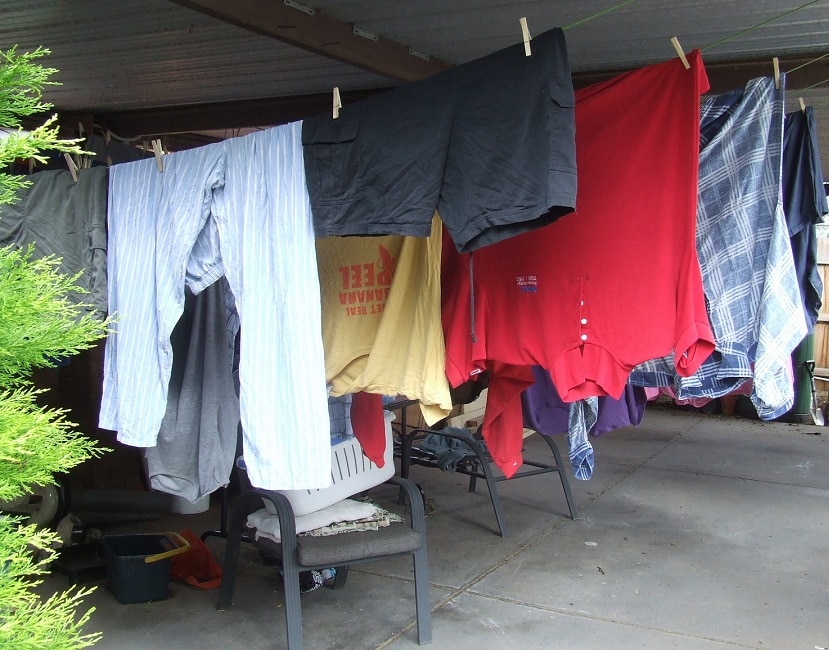
If you’re carrying a tarp and need to dry your clothing in a hurry, you can locate an area sheltered from the rain (think deep in the woods, or the mouth of a cave or rock crevice). Hang your tarp and set up a fire in one corner.
Wring as much moisture out of your clothing as possible to help it dry more quickly. You can also press wet clothes between a piece of dry fabric to absorb some moisture, as long as it’s a piece of fabric you can sacrifice to wetness.
Once you’ve got damp and not soaked clothes, hang them up under the tarp, but not directly over the fire; the radiant heat from the fire will dry them. Most clothing, particularly materials like leather and wool, dries most quickly at room temperature, so keep your clothes out of direct heat. If your clothes begin to steam, or you smell burning material, you’ll know they’re too close for comfort.
Be sure to stay with your clothing if you use this technique! An errant ember or spark could ignite semi-dry or dry clothes.
In dry weather…
If it’s dry, you can use the campfire technique as you would in wet weather, with or without the tarp. In fact, if you set up a campfire and stand close to it, your clothing will still dry, though less quickly than if you hang them near the fire. Be sure to remove your socks, gloves, hat, and boots, and lay them out on a flat stone near the fire to dry.
Again, be vigilant and keep an eye on any clothing or gear you leave near the fire to dry.
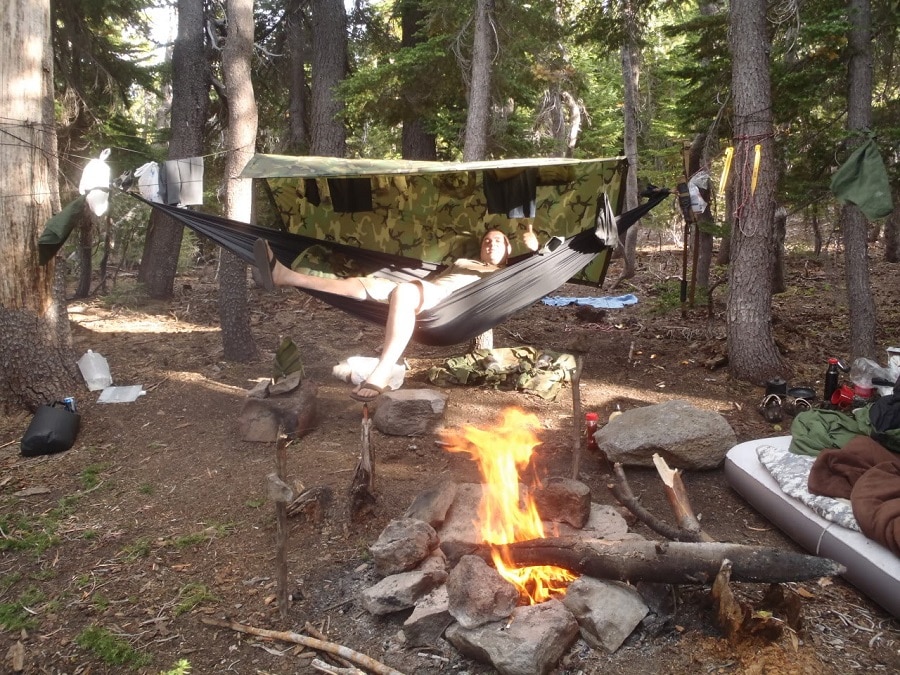
Sometimes your clothing is wet but you’re not ready to stop or set up camp for the day. If it’s not raining, you can remove your wet clothes, wring them out, and hang them from your pack to dry as you walk. It doesn’t have to be sunny for this technique to work, especially if your clothing is already made from a quick dry fabric.
In cold weather…
Many people think that cold weather precludes dry clothing, but in reality, cold weather is conducive to drying your clothing quickly! Cold air is usually dry air, which can virtually suck the moisture out of your clothing in minutes. (This is the same reason skin and hair can get so dry and cracked in the winter.)
[the_ad_group id=”23″]
Even in the wind, clothing will dry quickly in cold temperatures—the key is to get it off of your body and spread out or hung up around your campsite, from tree limbs, or from your pack. In freezing temperatures, the moisture in your clothing may turn to ice, but don’t worry, as the clothing will still dry, though much more slowly.
In subzero temperatures, try drying your clothes around a campfire, or spreading them out to dry overnight while you sleep.

When you’re in the wilderness, dry clothing may be as essential to your health, safety, and enjoyment as fresh water or a functional compass. Always prepare for your wilderness adventures by researching the climate of your destination as well as clothing and gear appropriate to that climate.
Wear clothing and choose the gear that will keep you safe and comfortable, even if it doesn’t look stylish, and remember—if your clothing fails, use your surroundings to help you get dry.



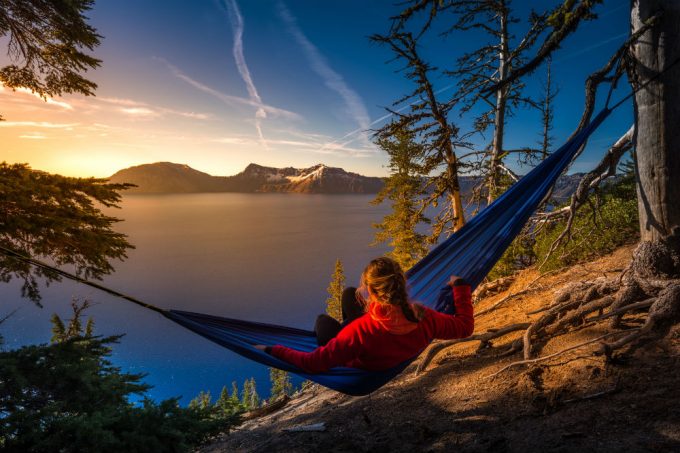
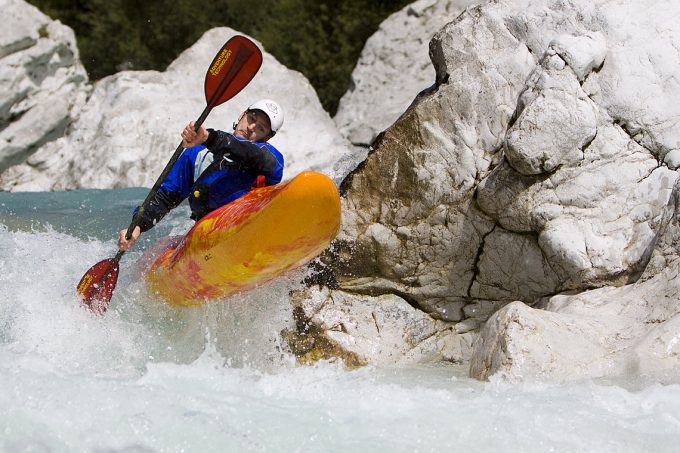

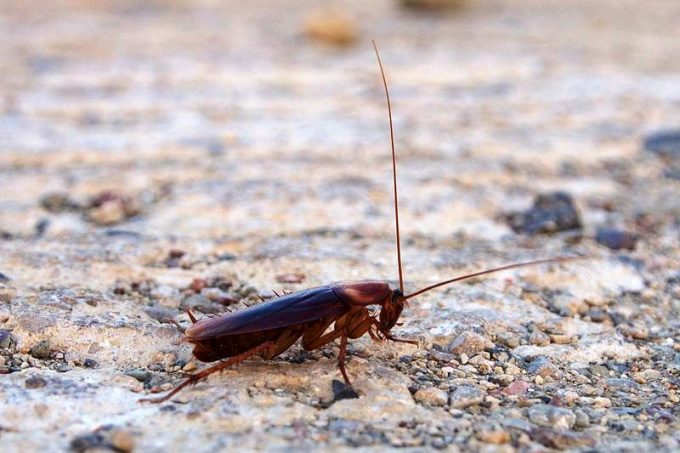
Leather boots should not be dried in the immediate vicinity of the fire, as they will become brittle, lose elasticity, they will crack and in general, everything you would have to do – only to throw them away. These boots need to be dried in the shade, in the wind, at some distance from the fire. They are stuffed with dry grass (paper, if you have in sufficient quantity) and also hung on little pegs with soles up.
I recommend air-drying boots instead of drying them through fire/heat because, as you’ve said, it does compromise the structure of the leather which makes them less elastic which leads to cracking and shortened usability.
The stronger the frost, the less water steam in the air, the air will be drier from which all the excess moisture is removed in the process of sublimation – the transition of steam into ice crystals. In the dry frosty air, wet clothes first “freeze” – all the water turns to ice, which then gradually evaporates from the fabrics due to the dryness of the surrounding air. But still, some water remains on the fabric which becomes visible when the linen gets into a warm room, where it thaws and becomes moist, but not wet. When the temperature of the air slightly above zero (when there is no sublimation), the drying process will be very long and ineffective.
This is a great-to-know information, Ryan! Our readers will definitely appreciate this tip especially for campers who frequently do winter camping.